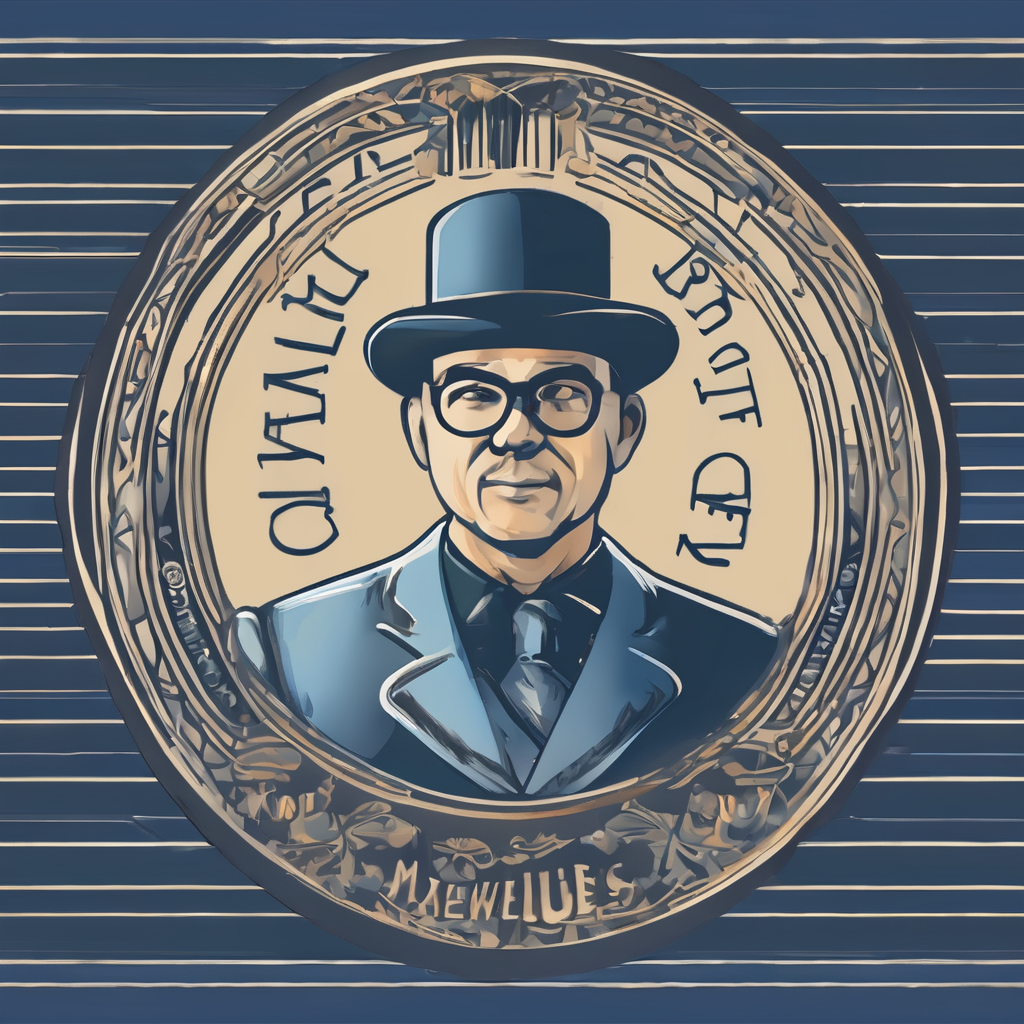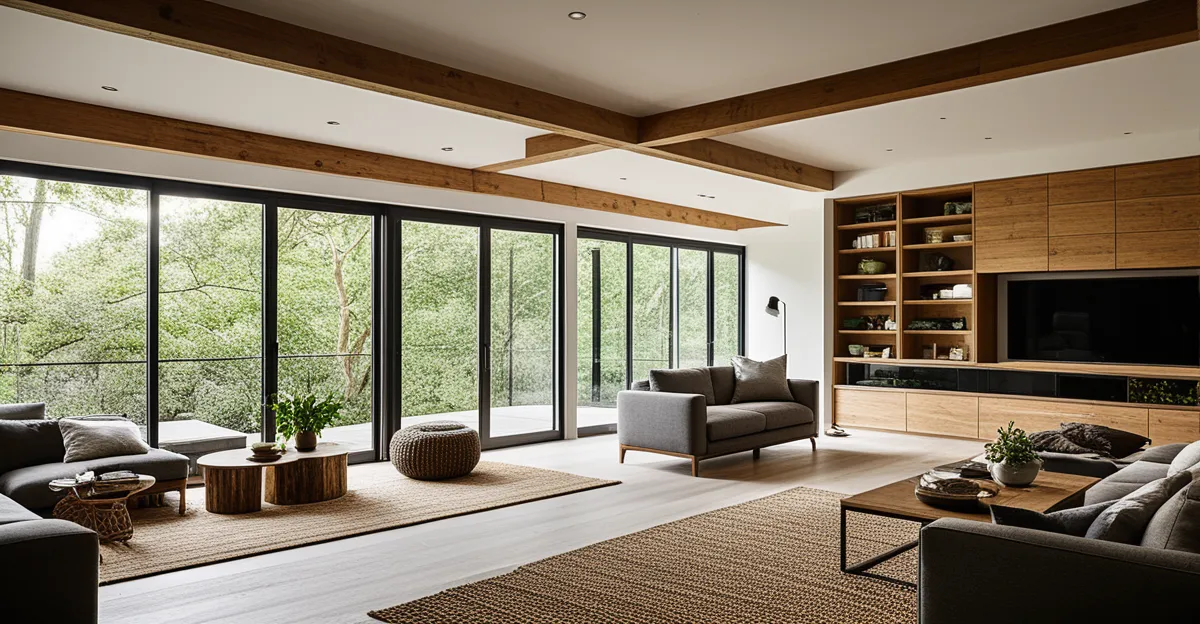Quick and Effective Energy Efficiency Upgrades
Small changes can make a big difference when it comes to saving energy at home. One of the easiest ways to boost energy efficiency is to replace older bulbs with LED lighting in key rooms. LEDs use significantly less power than traditional incandescent bulbs and last much longer, which means lower electricity bills and less frequent replacements.
Another impactful upgrade is swapping out aging appliances for energy-efficient appliances. Look for models with the Energy Star label or similar certifications, which guarantee reduced energy consumption without sacrificing performance. These appliances not only save energy but also reduce utility costs over time.
In the same genre : How Can Small Intimate Touches Transform a UK Home Living Space?
To cut down on energy waste from devices left plugged in, consider using smart plugs or timers. These tools help regulate when appliances draw power, eliminating standby consumption—a surprisingly large contributor to home energy use.
By focusing on these practical adjustments—switching to LED lighting, upgrading to energy-efficient appliances, and smartly managing power usage—you can quickly create a more efficient home. These steps are straightforward and effective, delivering benefits right away without major renovations or expense.
Topic to read : How Can You Create a Cozy Living Room Space in Your UK Home?
Simple Ways to Improve Home Insulation Without Renovation
Improving home insulation is key to reducing energy loss and maintaining comfortable temperatures without costly renovations. One effective insulation tip is to use draught-proofing methods such as draft stoppers and weatherstripping. These simple additions seal gaps around doors and windows, preventing warm air from escaping and cold air from entering, which helps you save energy at home effectively.
Heavy curtains can also play a dual role in insulation and privacy. Drawing them during colder months traps heat indoors. Additionally, adding area rugs is an often-overlooked insulation tip. Rugs provide an extra layer of warmth for floors, especially on tile or wood surfaces, minimizing heat loss and creating a cozier atmosphere without extensive work.
For a quick and removable solution, sealing windows and doors with affordable weatherstripping materials is highly recommended. These materials are easy to install and remove, ideal for renters or those not wanting permanent changes. By focusing on these insulation tips, homeowners can enhance energy efficiency and comfort while embracing eco-friendly living practices with minimal effort and expense.
Easy Water Conservation Techniques
Saving water at home is both eco-friendly and cost-effective. Installing low-flow showerheads and faucet aerators reduces water use significantly without compromising pressure. These devices decrease water flow, helping you save water at home while maintaining comfort during daily routines.
Another key water-saving tip is to operate dishwashers and washing machines only when fully loaded. Running partial loads wastes water and energy, counteracting conservation efforts. Using appliances efficiently maximizes water use and reduces waste.
Collecting and reusing greywater—water from sinks, showers, or laundry—for watering plants is another practical method to reduce water waste. This technique supports eco-friendly water use by recycling water that would otherwise go down the drain, contributing to overall household conservation.
These simple water-saving tips not only help protect valuable resources but also lower utility bills. Combining low-flow fixtures, efficient appliance use, and greywater reuse creates an effective strategy to reduce water waste every day. By adopting easy water conservation techniques, households can make a meaningful difference while enjoying a practical and sustainable lifestyle.

